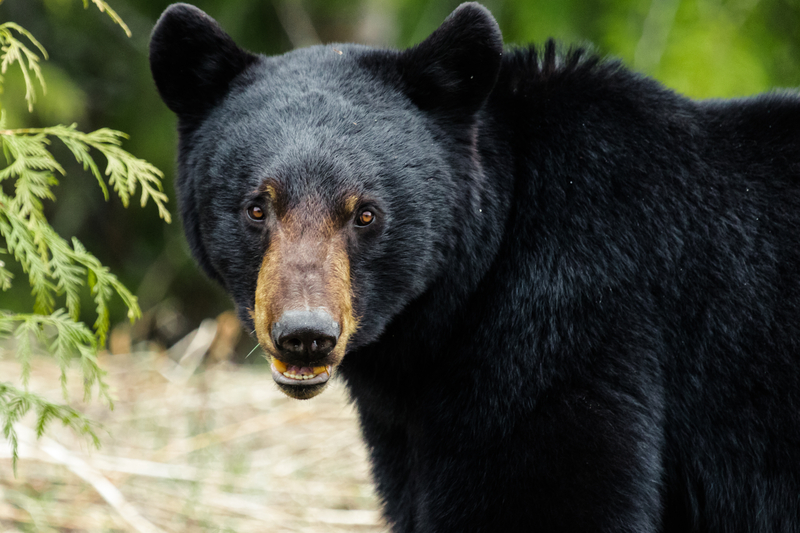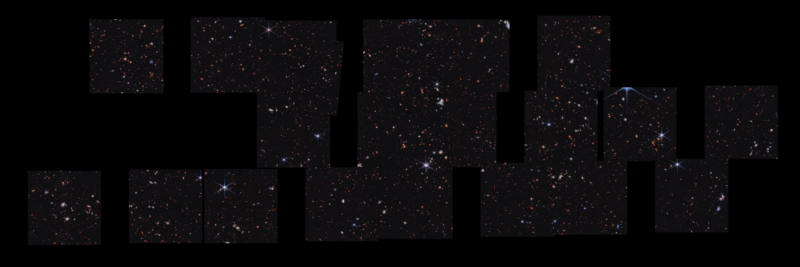Permafrost is the name for soil that is frozen solid all year round.
Permanently frozen. Permafrost. It's all there in the name!
Permafrost is most typically found in the northern tundra, above the Arctic Circle, in places like Canada, Scandinavia, Alaska, and Russia. However, climate change means that much of the world's permafrost is thawing out.
This reality has led to all sorts of interesting situations. Everything from the discoveries of well-preserved Ice Age creatures to the release of large amounts of methane, a powerful greenhouse gas.
Collapsing
Another thing that is happening? Huge amounts of permafrost is sinking. These are called depressions or sinkholes.
When ground is frozen solid, it will keep its shape, even if the crust beneath it is moving and shifting. But once it thaws, it becomes softer and can't hold its shape the same way. The ground collapses.
Permafrost depressions can be found all over the tundra. But the most impressive example is the Batagaika Crater, found in Siberia (a region in eastern Russia). It is about a kilometre (0.62 miles) in length and around 100 metres (328 feet) deep.
The crater actually dates back to the 1960s, when a combination of warming and forest clearing left the land exposed. But since that time, the crater is slowing expanding by about 10 metres (30 feet) a year.
Recently a drone was flown around the crater to see it all up close. Ready to have a peek? Press play below.
 A satellite image of the Batagaika Crater in Siberia. (NASA/Wikimedia Commons)
A satellite image of the Batagaika Crater in Siberia. (NASA/Wikimedia Commons)








